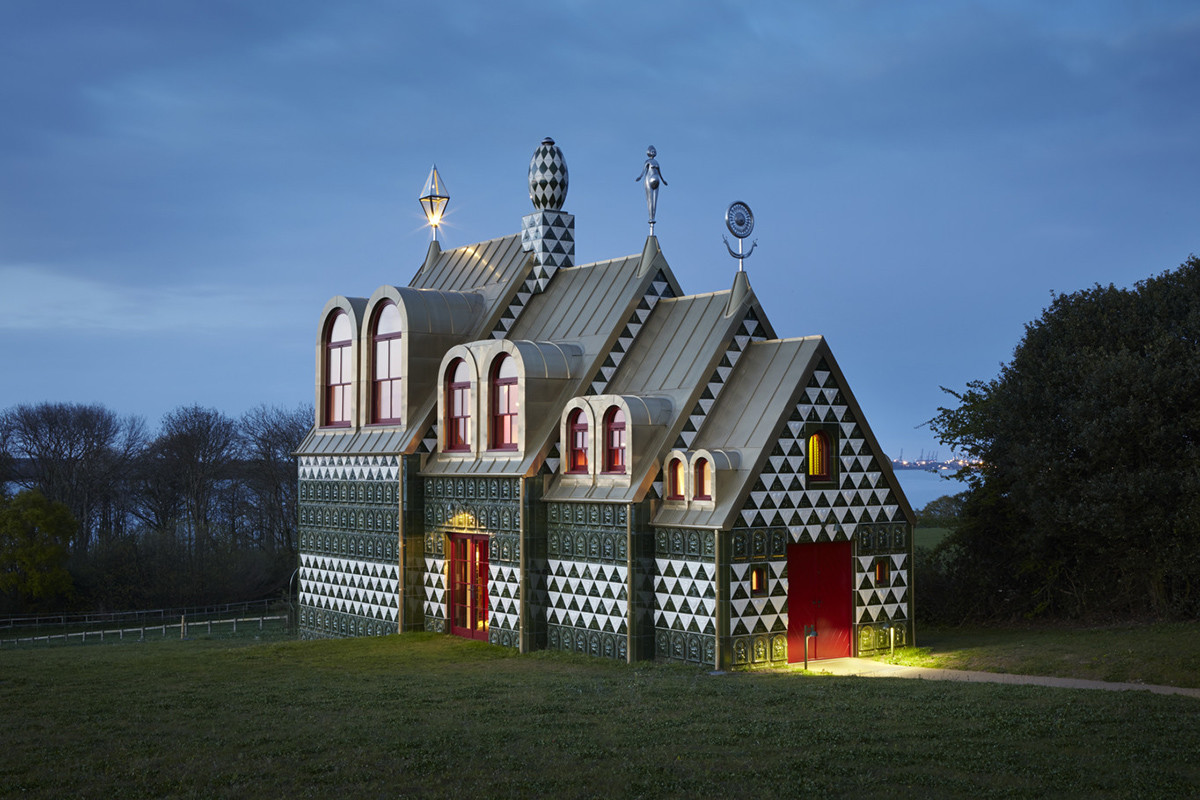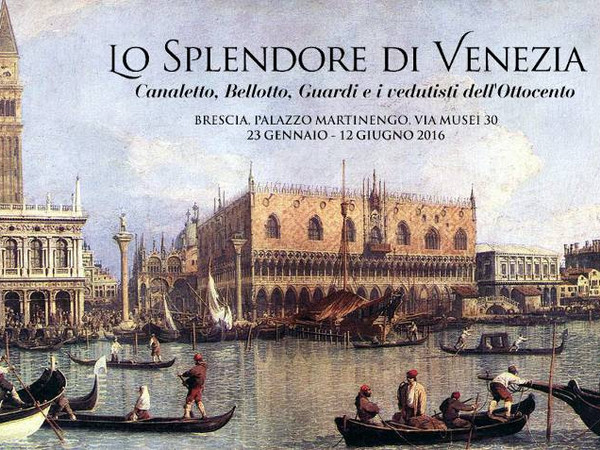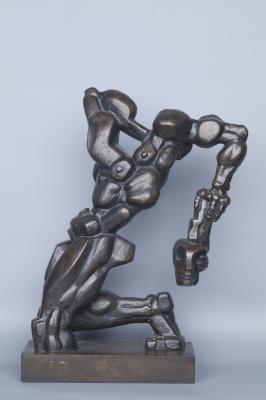30 January — 20 April 2016
https://www.royalacademy.org.uk
Using the work of Monet as a starting point, this landmark exhibition examines the role gardens played in the evolution of art from the early 1860s through to the 1920s.
Trace the emergence of the modern garden in its many forms and glories as we take you through a period of great social change and innovation in the arts. Discover the paintings of some of the most important Impressionist, Post-Impressionist and Avant-Garde artists of the early twentieth century as they explore this theme.
https://www.royalacademy.org.uk
Using the work of Monet as a starting point, this landmark exhibition examines the role gardens played in the evolution of art from the early 1860s through to the 1920s.
Trace the emergence of the modern garden in its many forms and glories as we take you through a period of great social change and innovation in the arts. Discover the paintings of some of the most important Impressionist, Post-Impressionist and Avant-Garde artists of the early twentieth century as they explore this theme.









